How many songs must a songwriter sing? (Dylan for beginners)
To celebrate Bob Dylan’s Nobel Prize (acceptance speech here, typically elliptical), here’s a simple intro to Dylan article I wrote for Go! English and Speak Up (Italy) in 2006, to celebrate his 65th birthday, asking if it was time to retire. See also Bob’s Nobel acceptance speech.
BOB DYLAN: KNOCKING ON RETIREMENT’S DOOR?
How many songs must a songwriter sing before it is time to retire? In 2006, rock legend Bob Dylan turns 65, but there’s no sign of him giving up yet.
In 2000 he won the Oscar for best song in a film (THINGS HAVE CHANGED in The Wonder Boys). He topped Rolling Stone magazine’s list of 500 Greatest Songs. Martin Scorsese has directed a documentary about his early years. And Dylan has published his autobiography, Chronicles Volume I.

SPOKESMAN FOR A GENERATION
In his first television interview for nineteen years, Dylan said he felt like an impostor when confronted with adoring fans.
“I never wanted to be a prophet or a saviour. I don’t believe you’re going to find anything in the songs that says that I’m a spokesman for anybody or anything.”
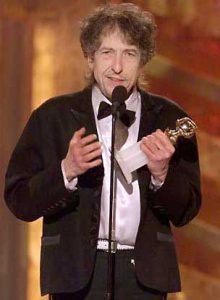
Yet fans consider him a poet and a prophet. English protest singer Billy Bragg once commented: “Being the spokesman for my generation was the worst job I ever had.”
From the first, Dylan suffered from the same problem.
His music was a radical change from the three-minute hits of the 1950s. Sinatra sang sweetly and Elvis was sexy, but Dylan had a message. His eloquent ballads launched a thousand protest movements.
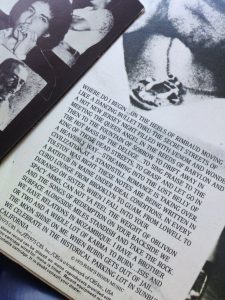
TALK ABOUT A REVOLUTION
BLOWIN’ IN THE WIND sounds like a mediaeval folk song, but its modern relevance was clear: “How many times must the cannon balls fly / Before they are forever banned?” Cannon balls may be ancient history, but Dylan was talking about civilian bombings and weapons of mass destruction.
THE TIMES THEY ARE A-CHANGING confronted the older generation’s compromises: “Your old road is rapidly aging / Please get out of the new one if you can’t lend a hand.” Hippies and activists soon got Dylan’s message. Millions protested about the Vietnam War. Concerts like Woodstock spread the word: “Make love, not war.”
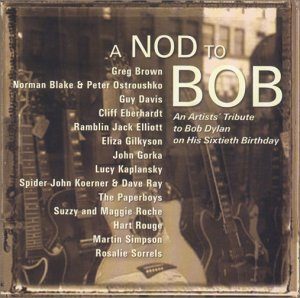
STORY SONGS
Dylan moved on. He denied he was the leader of any movement and returned to the music he loved as a teenager: rock and roll. His hit LIKE A ROLLING STONE was recently named best ever rock song by Rolling Stone Magazine. Dylan said: “I don’t pay much attention to that.”
But cultural critic Greil Marcus, in his book Bob Dylan at the Crossroads, claims this number one changed pop music forever. 6½ minutes long, it challenged the hit single format, making way for classics like Hey Jude and Bohemian Rhapsody. More importantly, it was an intellectually stimulating rock song. Music could be meaningful!
The song tells the story of a proud girl who has lost her wealth, and with it her position in society. “How does it feel?” Dylan asks, “To be without a home?”
His vocal is a warning to us all: “Nobody’s ever taught you how to live out on the street but now you’re going to have to get used to it.” We should think twice before judging the poor and the homeless. If things were different, it could be us on the street.

EMOTIONAL SONGS
Dylan’s more emotional lyrics – JUST LIKE A WOMAN, for example – are admired by experts such as Oxford and Harvard professor, Christopher Ricks.
“You love a song at first by applying a person you knew to that song. And then you understand the person better by virtue of the song. It’s a lovely virtuous circle.”
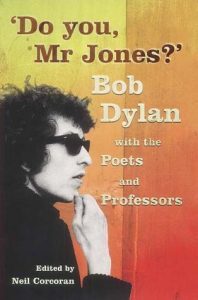
Dylan also writes death songs and escape songs. Knocking on Heaven’s Door was written for the western, Pat Garrett and Billy the Kid. We all recognise that feeling of weary regret: “Take these guns off of me / I can’t shoot them any more.”
But the uplifting gospel-style chorus – “Knock, knock, knockin’ on heaven’s door” – makes it an anthem of hope. Dylan performed it for Pope John Paul II at the Eucharistic Congress of 1997. It’s no surprise that it was the most requested song on Italian radio after the Pope’s death.
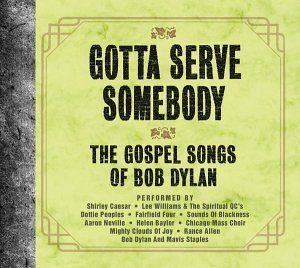
CULTURAL IMPACT
Dylan’s impact stretches beyond music. The 1999 film The Hurricane, with Denzel Washington, was inspired by Dylan’s 1975 HURRICANE, about the unjust imprisonment of boxer, Reuben ‘Hurricane’ Carter – a song so powerful that Carter was released.
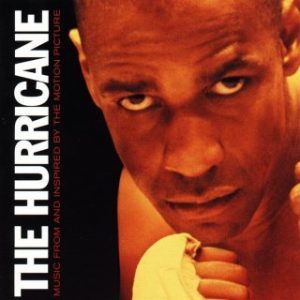
Despite heart trouble in 1997, Dylan continues to win awards, critical acclaim and new fans. His tours are sold out. Books and documentaries evaluate his cultural importance.
All in all, he seems more like a prophet than a rock star. Amid the ‘dumbing down’ of popular culture, Dylan remains a beacon of hope. Let’s hope he never retires.
BOB DYLAN TIME LINE
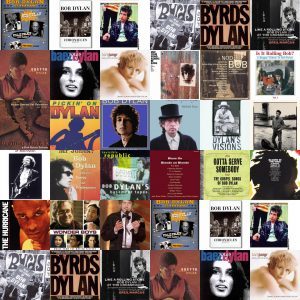
1941 Robert Allen Zimmerman is born in Minnesota, U.S.A.
early 1960s Changes his name to Dylan (after Welsh poet, Dylan Thomas).
A string of folk hits creates Dylan-Mania:
The Beatles and The Rolling Stones are among his fans.
1965 BRINGING IT ALL BACK HOME, rocks folk fans.
late 1960s Dylan retreats into family life after a motorcycle accident.
1970s Albums BLOOD ON THE TRACKS and DESIRE win new fans.
Late 1970s Dylan shocks everyone by converting to Christianity.
1980s & 1990s Dylan’s reputation fades.
2000 – date Dylan returns to form.
2001 LOVE & THEFT named Rolling Stone’s album of the year.
2005 No Direction Home, Scorsese’s documentary.
2016 Dylan awarded Nobel Prize for Literature.
FURTHER READING
Bob Dylan: Chronicles Volume 1
Greil Marcus: Dylan at the Crossroads
FURTHER LISTENING
Dylan’s songs have been performed by Sinatra, Elvis, Hendrix, Nina Simone, The Rolling Stones and U2. Try:
Joan Baez Sings Dylan
Every Grain of Sand by Barb Jungr
May Your Song Always Be Sung (collection)
Please Feel Free to Share:












